An English mathematical physicist and Nobel-prize winner named Roger Penrose hypothesized how energy could be extracted from a rotating black hole in 1971. He proposed constructing a harness around the black hole’s accretion disk—where infalling matter reaches near-light speeds—which would trigger an enormous release of energy across multiple wavelengths.
Since then, several scientists have proposed that advanced civilizations might use this idea—dubbed the Penrose Process—to power their technology. This technological possibility suggests just one interesting technosignature that scientists looking for life beyond Earth could search for in outer space.
Following Hypotheses
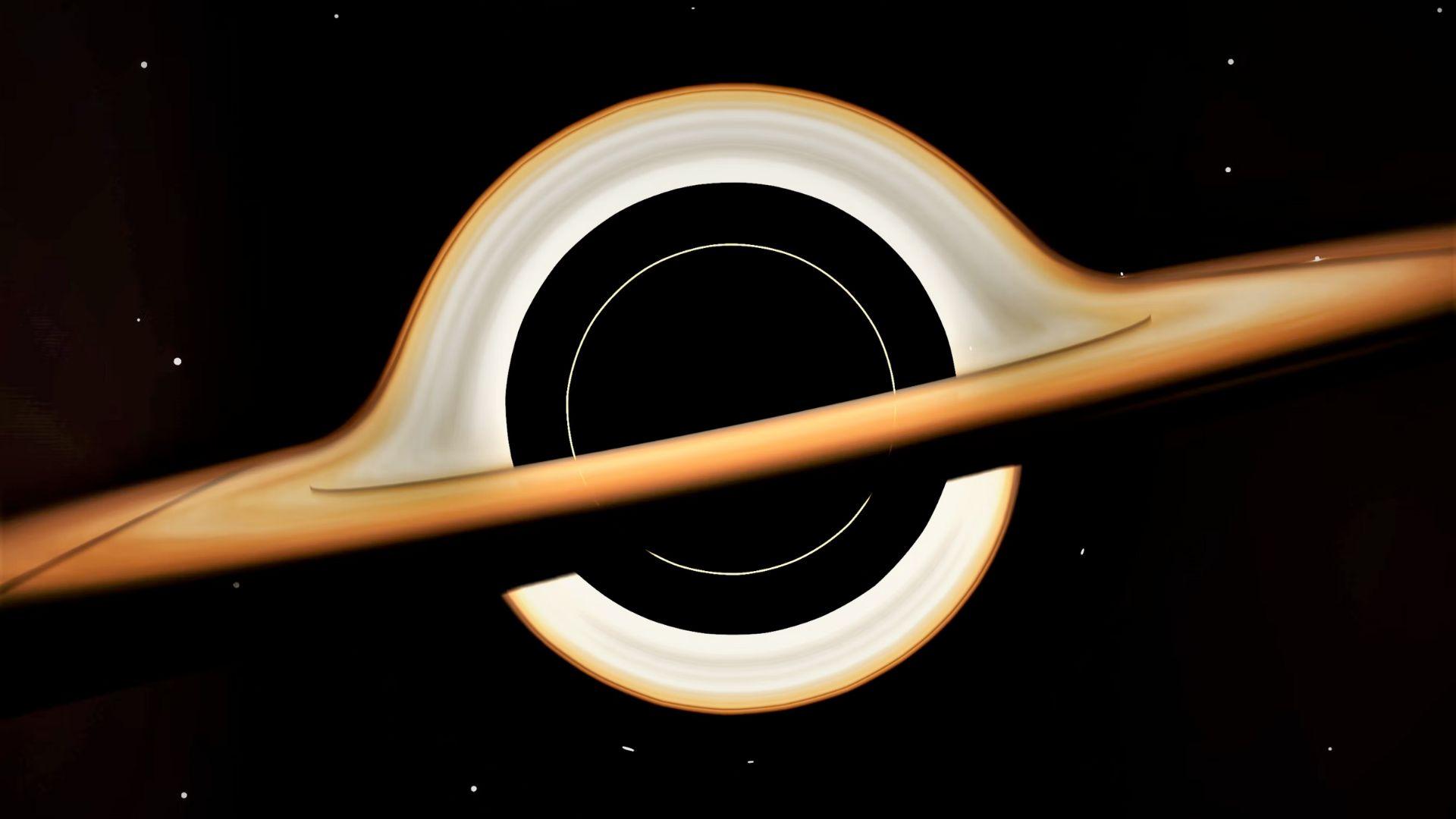
Building upon this idea, scientist John M. Smart has proposed the Transcension Hypothesis. In this hypothesis, he suggested that advanced intelligence may migrate to regions surrounding black holes. There, they could take advantage of the energy available.
The latest idea based on the Penrose Process comes from Harvard Professor Avi Loeb. His paper where he poses his latest findings and ideas, “Illumination of a Planet by a Black Hole Moon as a Technological Signature,” was recently published in the scientific journal Research Notes of the AAS.
Avi Loeb’s Paper

Professor Avi Loeb is an extremely accomplished scientist. He is the Frank B. Baird Jr. Professor of Science at Harvard University, the Director of the Director of the Institute for Theory and Computation at the Harvard-Smithsonian Center of Astrophysics (CfA), the founding Director of the Black Hole Initiative (BHI), and the head of the Galileo Project.
In his latest paper, he proposed that advanced civilizations could rely on a “Black Hole Moon” to provide their home planet with power indefinitely. He argues that the way a black hole would light up the planet it orbits could serve as a potential technosignature for future SETI surveys. (SETI stands for Search for Extraterrestrial Intelligence.)
Stephen Hawking’s Theory

In 1975, Stephen Hawking theorized that black holes emit photons, neutrinos, and some larger particles. These theoretical larger particles have been called “Hawking Radiation.” Since then, proposals for harnessing black holes as an energy source typically fall into one of two categories.
Some scientists believe in the possibility of the Penrose Process, which involves capturing the energy from angular momentum of black hole accretion disks. Similarly, some believe that capturing the heat and energy generated by black hole hypervelocity jets would be possible, perhaps in the form of a Dyson Sphere. On the other hand, some believe that these black-hole-civilizations would have to feed matter into the black hole they rely on and harness the resulting Hawking Radiation in order to create power.
An Orbiting Black Hole Engine
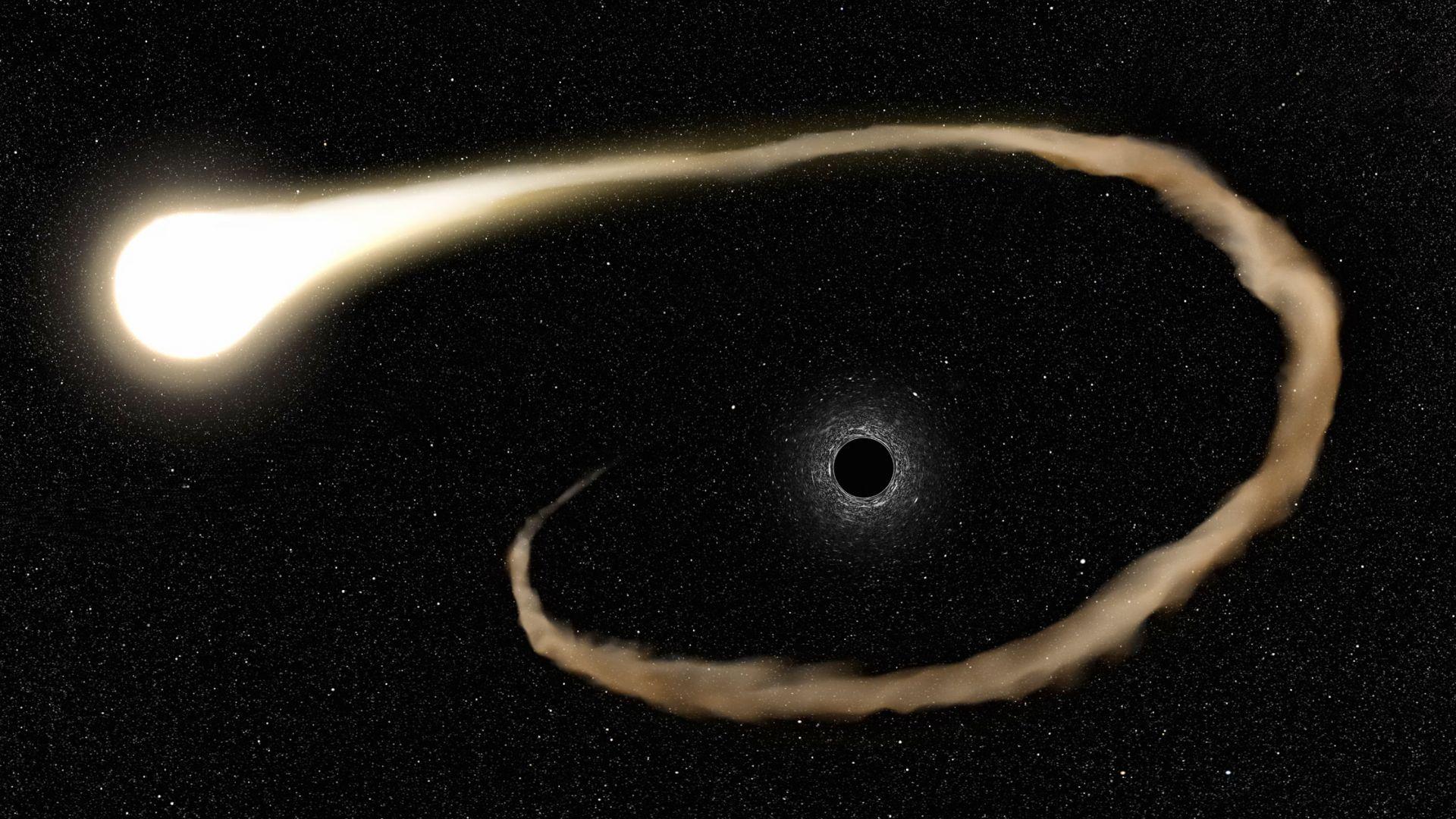
In his recent paper, Loeb proposed that an advanced alien civilization could rely on the latter process by engineering a black hole to orbit their home planet. This black hole would be relatively very small, weighing just one hundred thousand tons (10-11 g). (Yes, this sounds like a lot, but it is not in terms of black holes.)
However, without any sort of maintenance, this black hole would evaporate in just a year and a half through the emission of Hawking Radiation. Loeb explained that, luckily for any potential civilization, a black hole could be sustained by giving it small amounts of matter—about 4.85 lbs (2.2 kg) per second. In return, the black hole would offer a continuous supply of power.
Powerful and Efficient
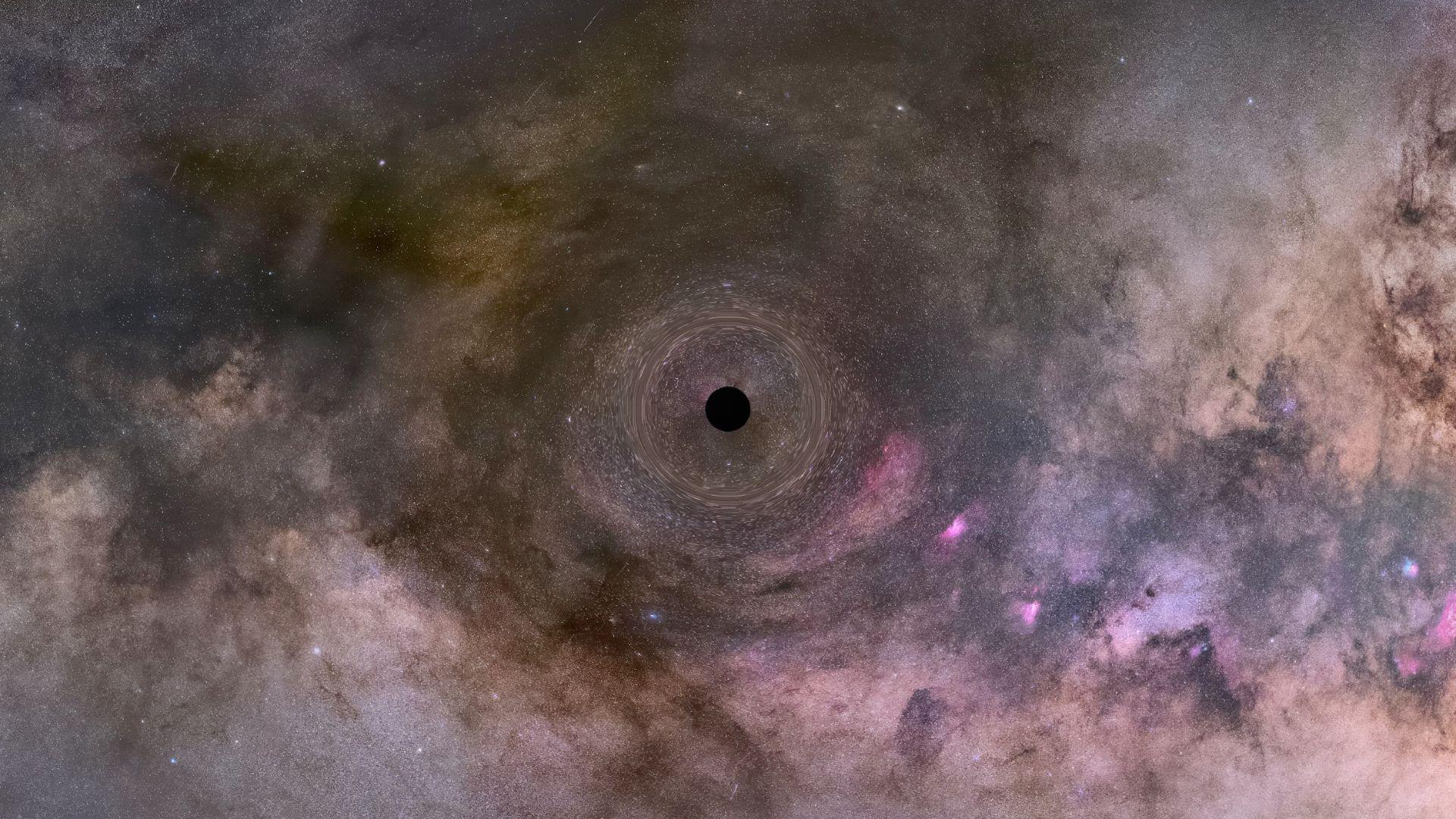
“This black hole system is the most efficient engine that I ever thought about,” Loeb explained. “The fuel is converted to energy with the perfect efficiency of 100%, because the mass falling into the black hole is ultimately coming out as Hawking Radiation. I have not seen this idea discussed before and had a ‘Eureka moment’ when I realized it a few weeks ago.”
According to Loeb, the amount of antimatter needed is currently beyond humanity’s capabilities—a civilization more advanced than our own would have to figure that out. However, Loeb’s proposed 10-11 g black hole could continuously supply 40 quadrillion Watts of power, which is certainly enough to power a planet.
Using Waste for Energy
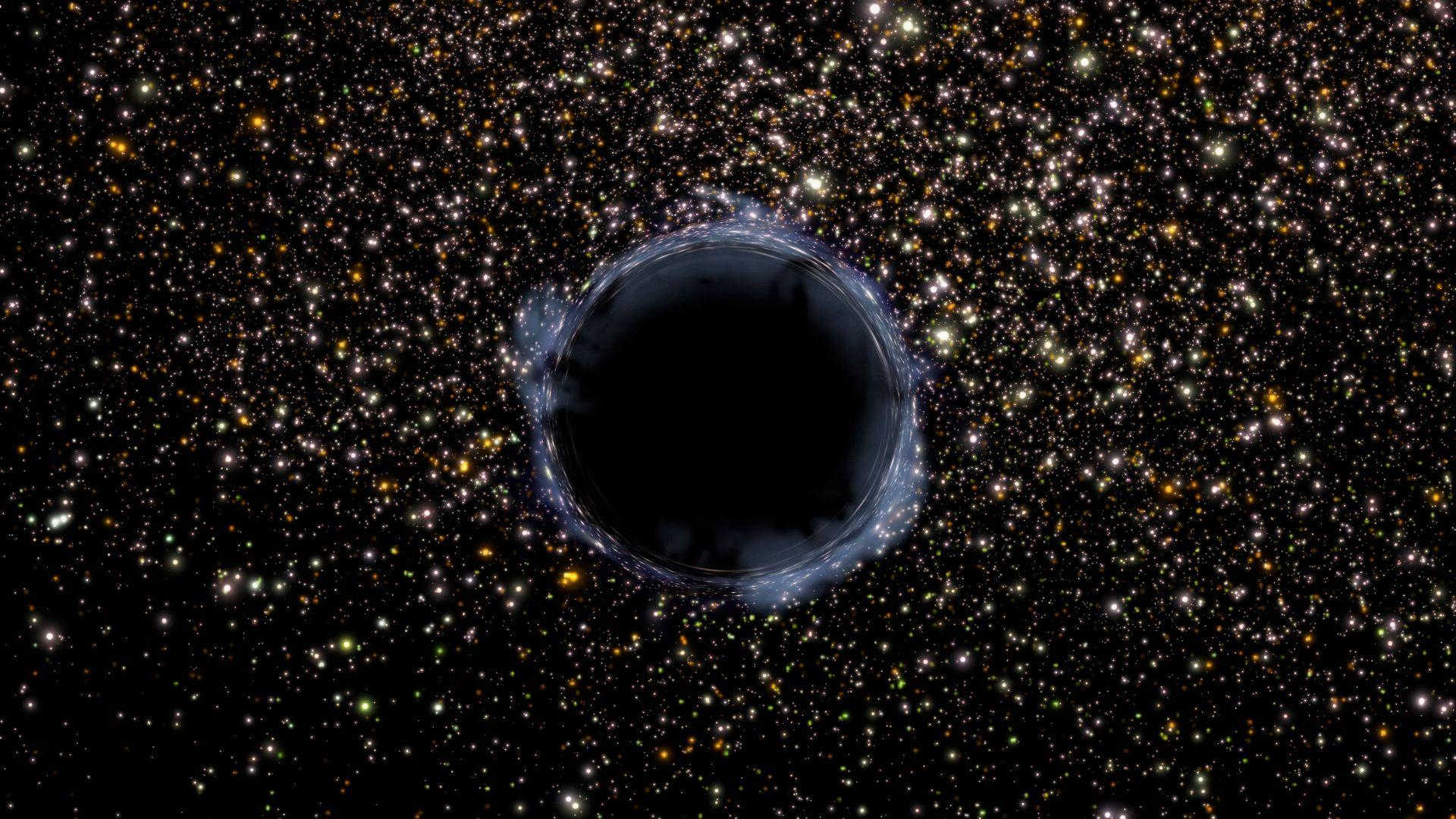
“The global energy use is a few terra-Watts, ten thousand times less than the power supply of this black hole,” Loeb explained. Another benefit is that a black hole can use any type of matter as fuel, including the waste generated by a civilization. In this way, a black hole engine could address an advanced civilization’s waste disposal issues while simultaneously offering a limitless source of energy.
“The other advantage of this black hole engine is that it can use any form of matter as fuel,” Loeb said. “It could be trash. There is no better way to recycle trash than convert it into clean energy with 100% efficiency.”
Possible for Advanced Civilizations
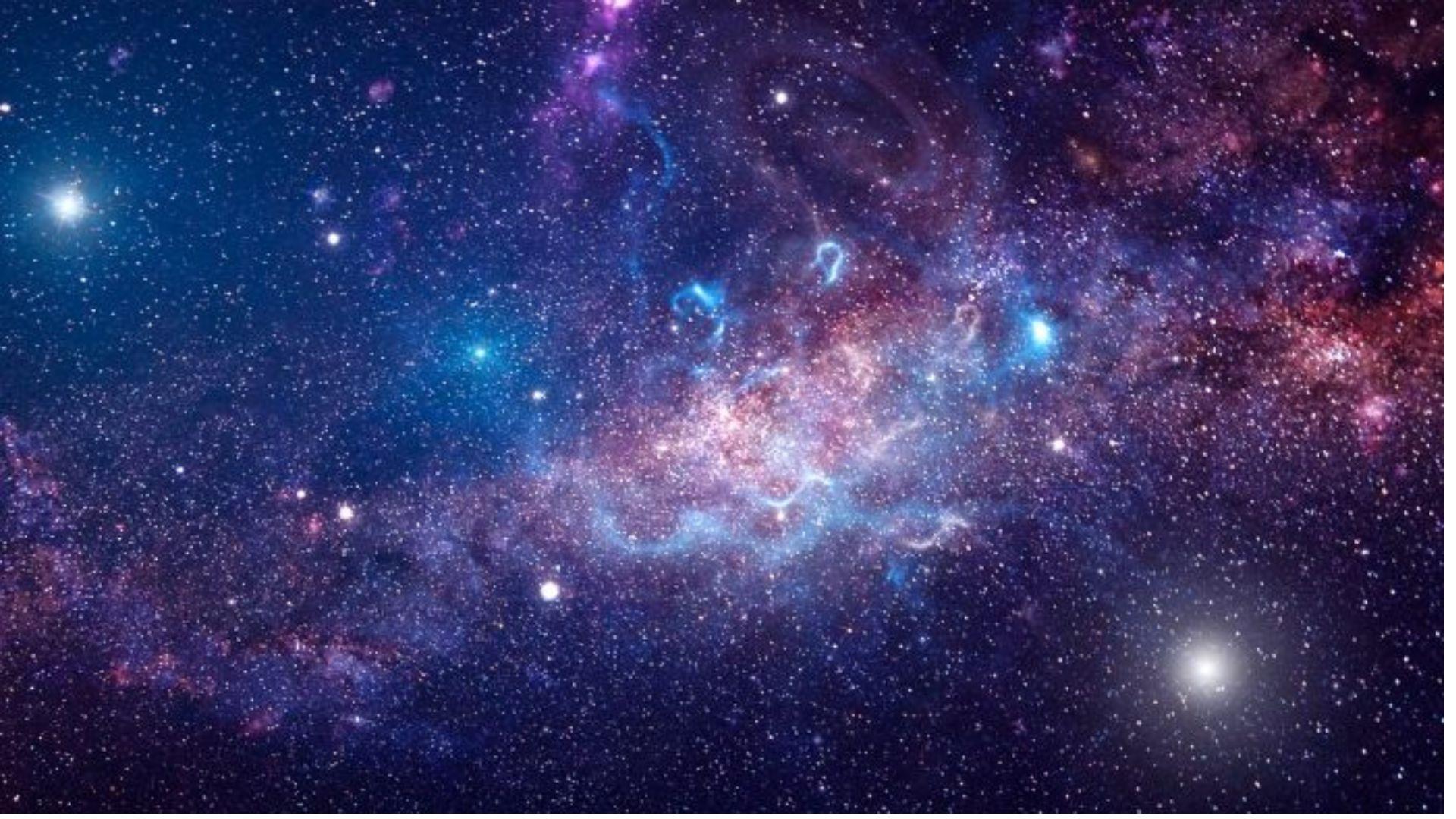
Humans produce roughly 1.92 billion metric tons of waste annually. This is having a severe impact on our planet Earth. However, this would be enough to feed a black hole of Loeb’s proposed size for more than 437 million years.
According to Loeb, a black hole engine that uses waste as its energy source would be much simpler than other proposed alien energy sources. Theoretically, it would be technology that a Type II civilization could engineer (for reference, Earth is only _almost_ a Type I civilization).
A Technosignature on Earth
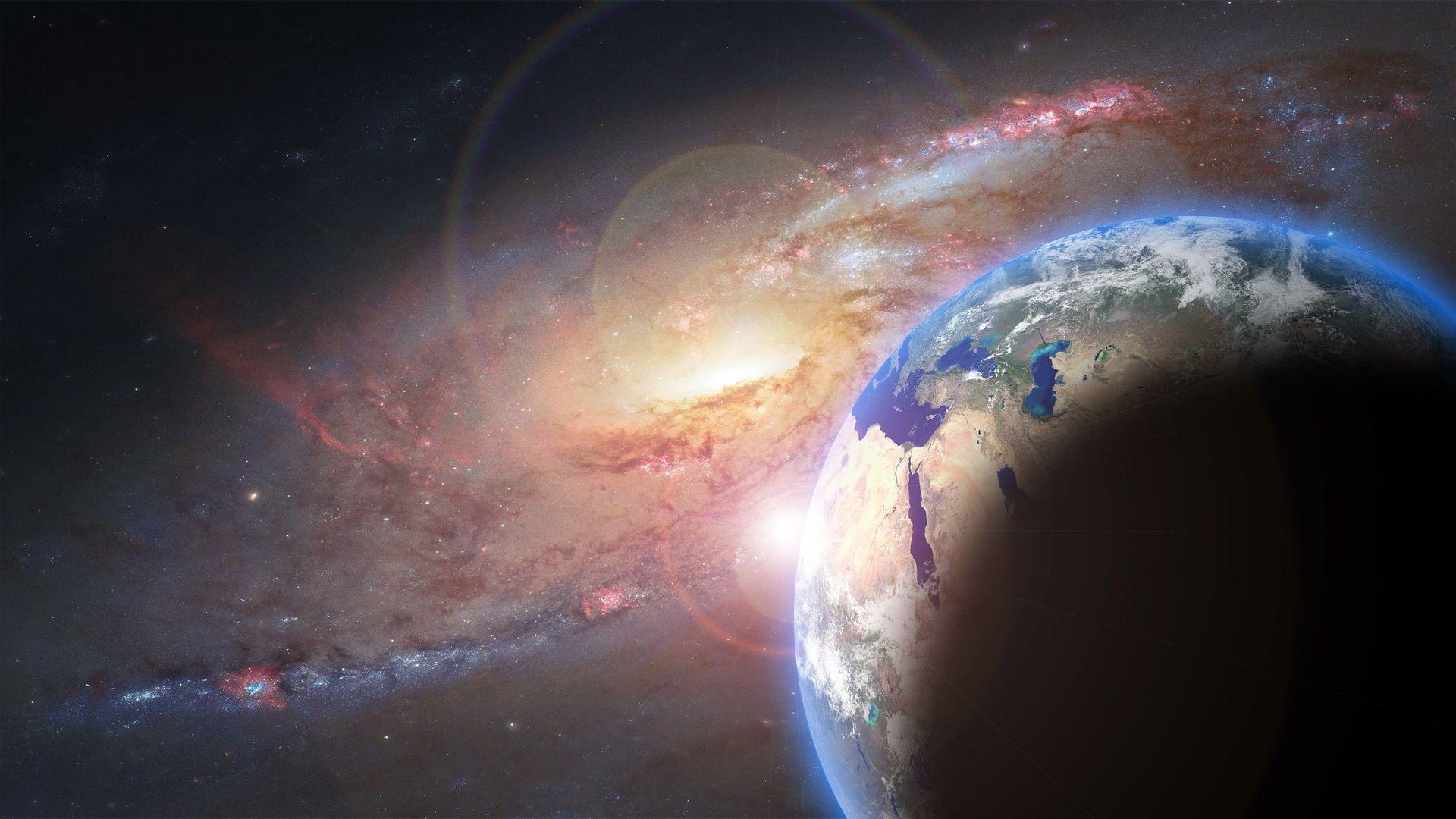
“This is the big challenge,” Loeb said. “Any production line of a 10-11 g black hole requires compressing matter or radiation to a mass density that is 60 orders of magnitude above the density of solid iron. The density of atomic nuclei or neutron stars is only 15 orders of magnitude above solid density. This was possible to achieve in the cosmic radiation density less than a femtosecond after the Big Bang.”
In another recently written paper by Loeb, he argued that, based on the theory of General Relativity, black holes could be made out of light. According to his theories, this proposed black hole engine would be detectable light-years away, which might be most interesting about his hypothesis. This would make black hole engines viable technosignatures that would indicate the existence of a far-away advanced civilization to scientists.
Potential Extraterrestrial Power
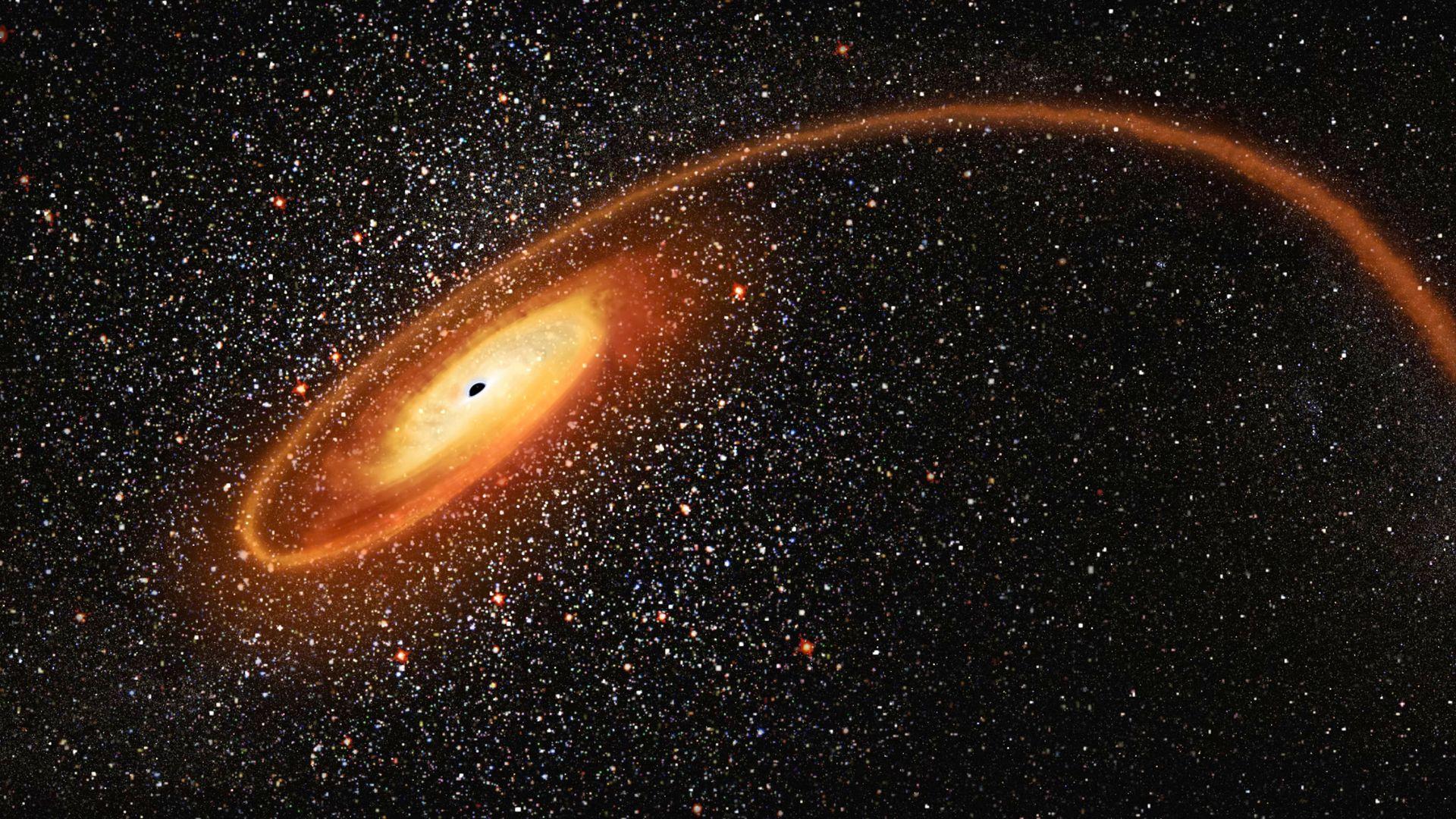
As with many proposed technosignatures—such as science-fiction-like Dyson Spheres and other megastructures—the idea of a black hole engine remains speculative and theoretical. However, as Freeman Dyson noted, if something is within the realm of our imagination and the underlying physics are valid, a sufficiently advanced civilization might already be employing it.
Loeb speculated, “The black hole engine could be discovered as a rogue rocky planet that is illuminated by a gamma-ray moon with no stellar-mass companion. If we ever find evidence for such an engine, we would need to consider the possibility that the source was created or trapped as a primordial black hole by a highly advanced technological civilization. There is no better marker of technological innovation than creating a furnace out of spacetime curvature in the form of a mini black hole.” Loeb’s hypothesis is another interesting theory posed by scientists that could help to confirm life beyond our Earth.

